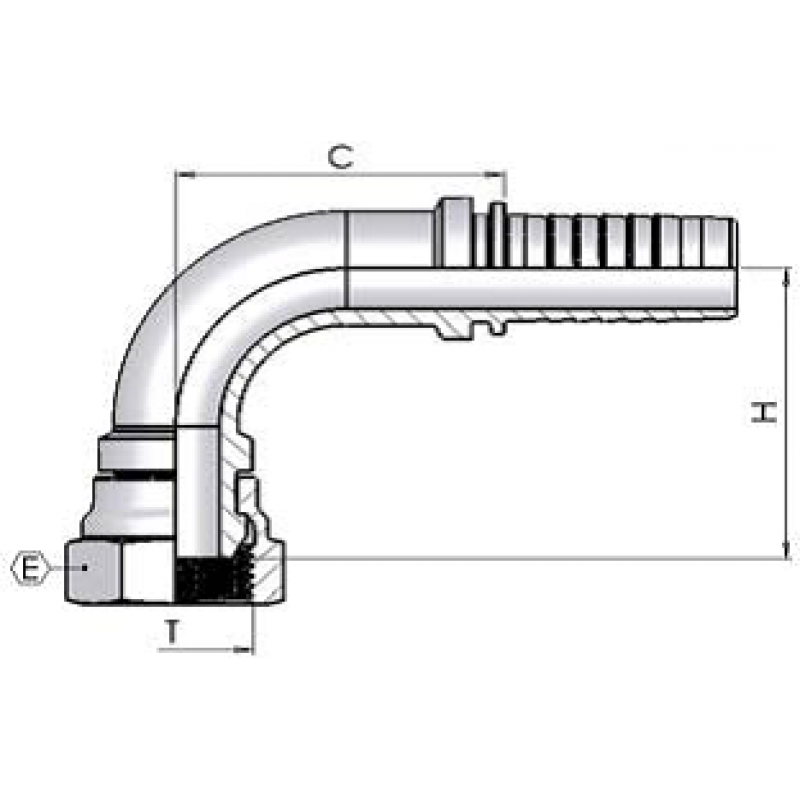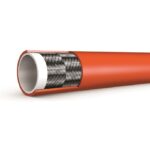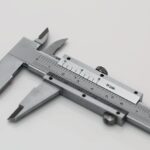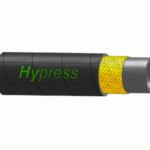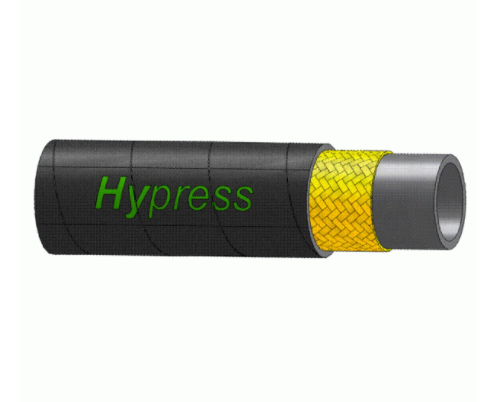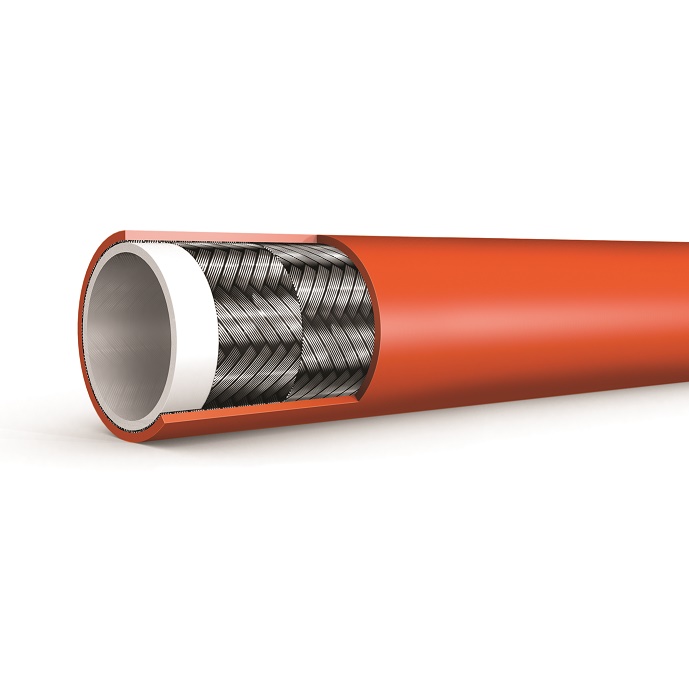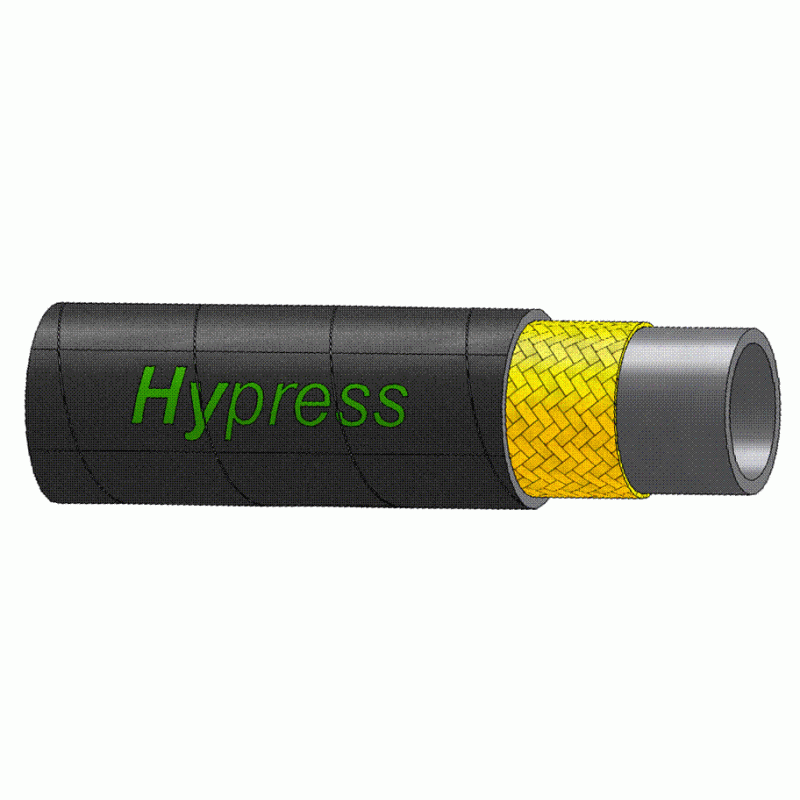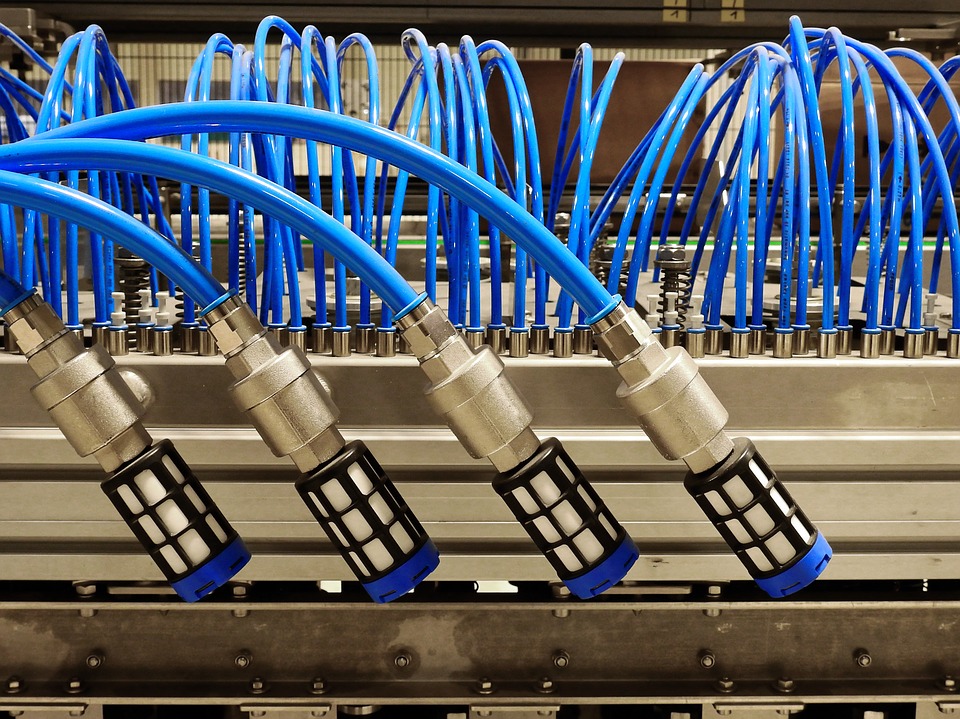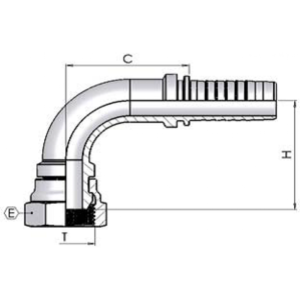
Hydraulic hose fittings are parts used to connect hoses, pipes and tubes on hydraulic systems. It is important to choose the correct hydraulic hose fitting to maintain seal quality, hose pressure and reduce the risk of torqueing. There is an extensive range of hydraulic hose fittings available online and we have developed this guide to help you choose the correct fittings for your requirements.
Key Considerations before Purchasing
Sizing – Choosing the correct size is essential for optimum functionality. The sizing of a hydraulic fitting is defined by the size of vessels it is connected to. Tubes, hoses, and pipes are sized based on inside diameter (ID) and outside diameter (OD), measured in inches (in) or millimetres (mm). If the fitting is over-sized or too small it will not connect or seal properly and effect the performance of the hose.
Material – Hose fittings are manufactured using a range of materials including, brass, aluminium, cast iron, steel and plastics. Metals are more commonly used than plastics as the high pressures necessitate higher strength materials. Choosing the correct material is essential for maintaining seal quality and hose pressure. Our material breakdown is as follows:
Brass is strong, durable and corrosion resistant. The material is often used for smaller compression due to its machinability and excellent performance abilities.
Aluminium has low tensile strength and is used for its corrosion resistance and low-density benefits. However, this material shouldn’t be favoured over brass for high pressure hydraulic systems because of it lack of strength.
Steel is strong and durable with a high resistance to heat. It is typically alloyed with other materials to improve its low corrosion resistance. Stainless steel provides a higher tolerance to corrosion but is typically more expensive than materials such as brass and aluminium.
Choosing the correct material for a hose fitting is essential factor for hydraulic systems to maintain the performance of the hose. Although the metals have varying benefits, brass would be the most advisable material for hose fittings as it is an economical, affordable fitting that has a strong and durable density. Brass fittings are suitable for a wide range of media, including but not exclusive to water, oil and air mainly in the hydraulic and pneumatic industries. Browse our diverse range of brass fittings and brass hose tails.
Pressure rating is important when choosing a hydraulic hose fitting as hydraulic systems produce a high pressure that needs to be contained by the hose fitting in order to reduce the risk of torqueing. A hose assembly is rated at the maximum working pressure of the hose and the fitting component.
Malfunctioning of hose fittings can cause potential hazards to machine operators. Even though they may seem like small, insignificant components to a hose system for some, they are an absolutely essential fluid power transmitting component. Consider the reliability of the product before purchasing. JIC fittings have been the industry’s standard for years and O rings are highly rated due to their seal fittings which reduce the risk of torqueing.
Common Types of Hydraulic Fittings
BSP – (British Standard Pipe) The BSP connection is similar to National Pipe Straight Mechanical (NPSM), except the thread pitches are different in most sizes. The BSP female swivel has a tapered nose/flareless swivel which seals on the cone seat of the male. These fittings are measured in inches.
JIC- JIC (Joint Industry Council) fittings are commonly used in the Fluid Power industry in a diagnostic and test-point setting, especially where high pressure is concerned.
Metric L Series and Metric S Series are measured in millimetres. Unless otherwise specified, the size refers to the outside diameter.
ORFS – (O Ring Face Seal). The male fitting has a straight thread and O-ring in the face. The female has a straight thread and a machined flat face. The seal takes place by compressing the O-ring onto the flat face of the female, similar to a split flange fitting. The threads hold the connection mechanically.
Choosing the Best Hose Fitting for your Requirements
There are many factors that contribute to the performance of hydraulic hose fittings and it is important to consider these when choosing the right ones. Strict adherence to assembly procedures ensures a solid connection, rather than a problem waiting to happen. If you need further guidance on which hose fittings to choose, contact us or visit our range of hydraulic hose fittings for the highest quality products.

